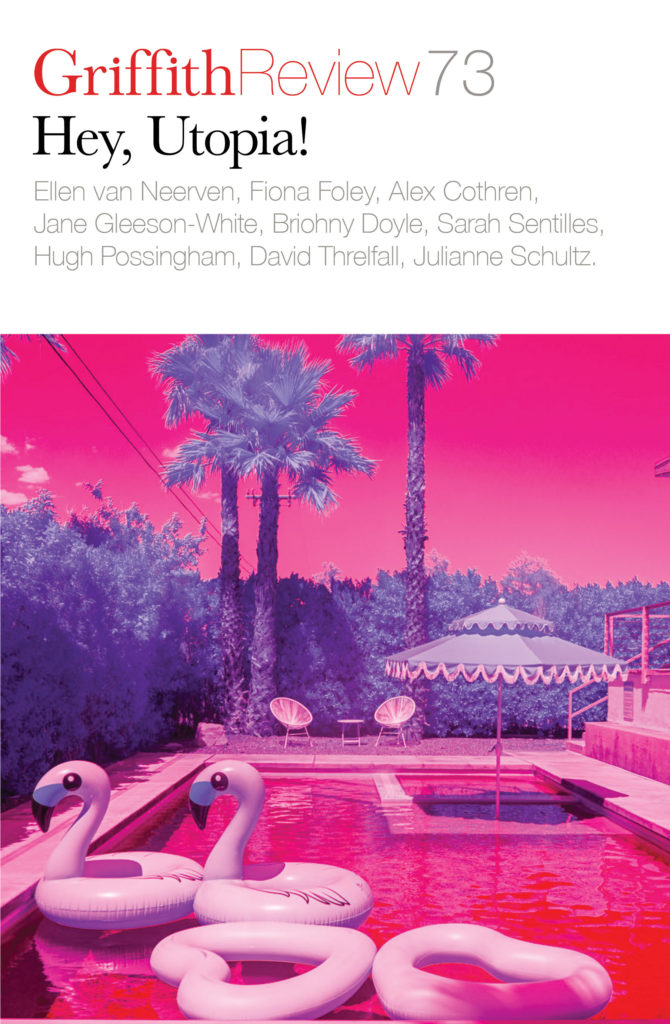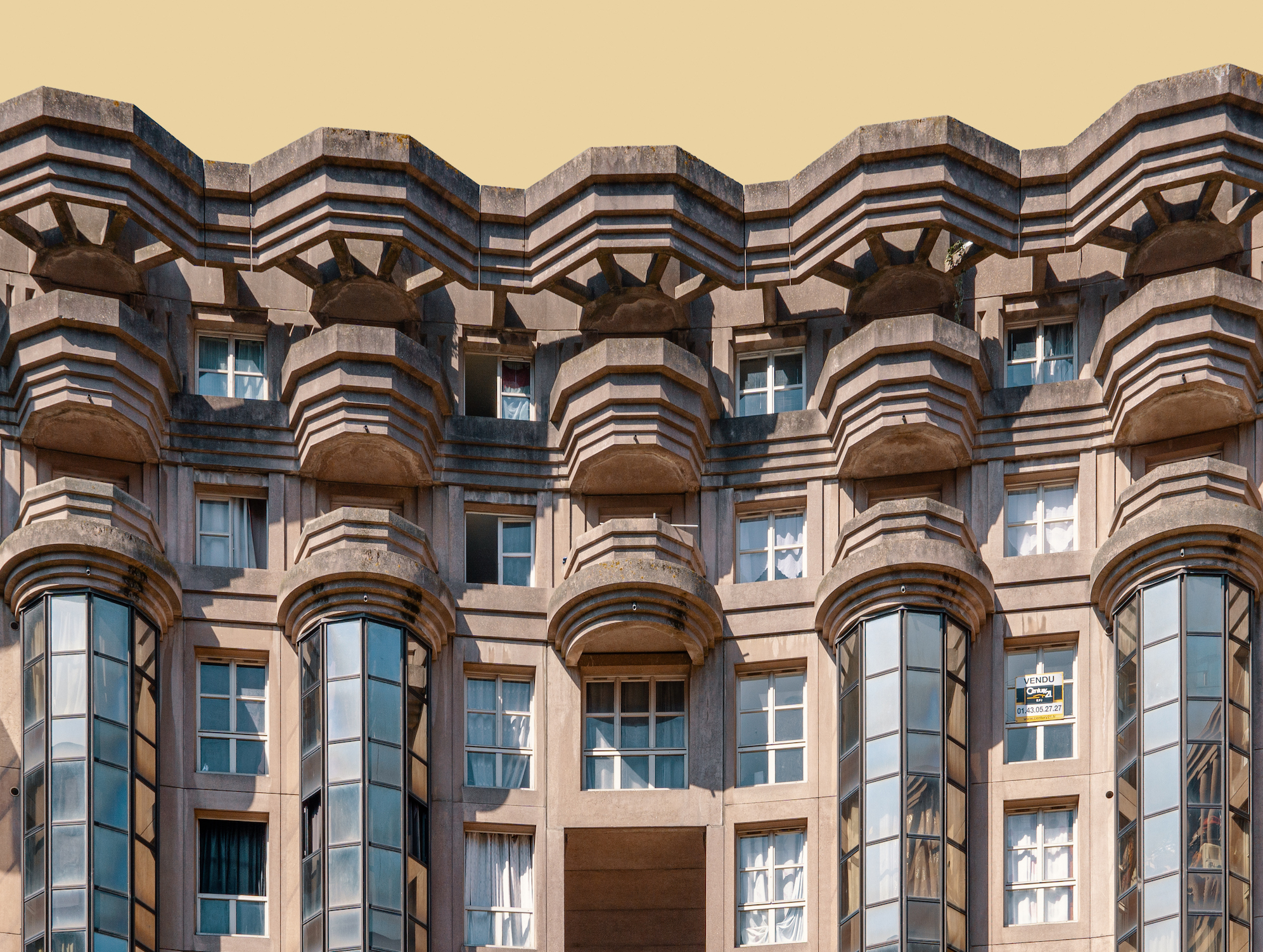Featured in

- Published 20210803
- ISBN: 978-1-922212-62-7
- Extent: 264pp
- Paperback (234 x 153mm), eBook


Already a subscriber? Sign in here
If you are an educator or student wishing to access content for study purposes please contact us at griffithreview@griffith.edu.au
Share article
About the author

Justin O’Connor
Justin O’Connor is Professor of Cultural Economy at the University of South Australia and previously at Monash University and QUT. While director of Manchester...
More from this edition

Worlds of play
ReportageIMAGINE A PARK made out of candy, with bridges featuring water cannons that shoot water onto kayakers below. Imagine huge climbing walls from which...

Musique concrète
InterviewThe original brutalism is the projection, in concrete, of strong social ideals. It’s also the architectural sedimentation of a given period: the hopeful ’50s up to the ’70s. But to me more personally, it’s a totally alien form of architecture: in my hometown, most of the buildings are small and made of wood. So raw concrete, sign me up! I was hooked very early on: I remember very fondly some of the brutalist buildings in Halifax, Nova Scotia, from my travels in Canada as a kid.

Exploding time past and time present
Picture GalleryTHE VERY IDEA of stepping back in time as a Badtjala woman is a utopian thought. Back in time the Badtjala people traversed to...